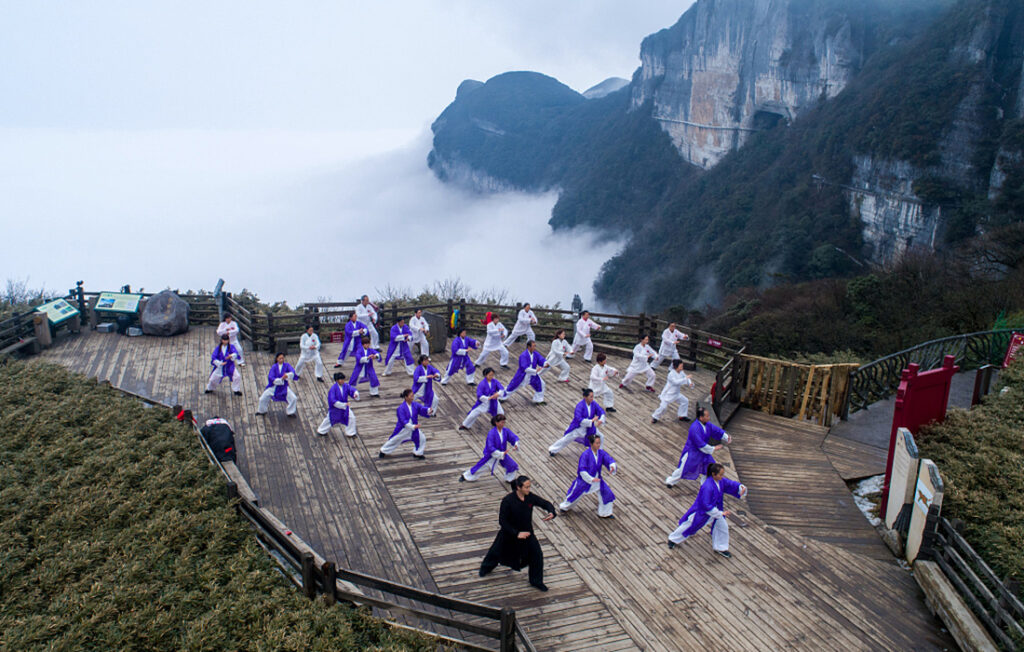
Squatting and the Psoas Muscle
Squatting opens the lower lumbars and reduces extra pressure on the discs of the spine. Squatting opens the hips, induces downward pressure and release of waste from the large intestine. Squatting expels gases and toxins from the digestive system and reactivates the colon.
Squatting fosters the pull of gravity, and encourages Earth energy to move upward to the perineum. This force can awaken the spinal fluids in the sacrum, open and elongate the spine, and rebalances vertebrae.
Squatting allows the lungs and the heart get a massage, as external breathing changes into internal breathing. Internal breathing helps the heart by taking over its pumping function and facilitating blood flow.
Squatting also significantly contributes to lengthening the psoas. The psoas typically shortens with age and through the common modern, sedentary lifestyle. The psoas can shorten through anxiety and as a result of constant cold temperatures in the digestive system. The shortening of the psoas pulls the body over and out of alignment with gravity
Chi kung provides exercises for opening the hips, strengthening the spine, and loosening the psoas muscle. Each of these aspects of human anatomy are compromised by our modern lifestyles.
Sitting, commuting, and lack of interaction with the Earth can close the hips, weaken the spine, and make the psoas muscle very tight. As the Taoists say, “the strength of the spine is the strength of the organism.”